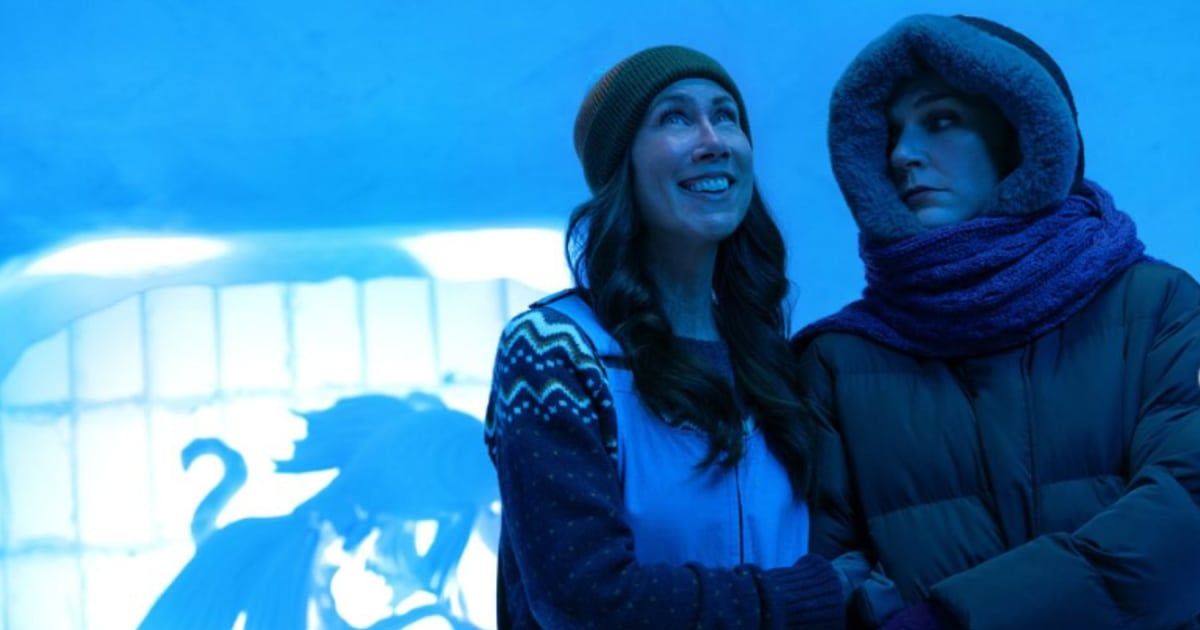Can you actually stay at the ice hotel from ‘Pluribus’? Well, you can — but there’s a surprising catch

The post-apocalyptic world of Apple TV+'s 'Pluribus' just turned more chaotic in episode 3. Created by Vince Gilligan, the latest episode of the show, titled 'Grenade,' once again portrayed Carol Sturka (Rhea Seehorn) in resistance against the hive-mind. However, one of the most endearing moments came in the opening of the episode, where a flashback showcases Sturka and her late partner Helen L Umstead (Miriam Shor) travelling to Norway, in an ice hotel, making many wonder if the place really exists in real life or is just a figment of the imagination of writer Alison Tatlock's mind.

Notably, the ice hotel shown in 'Pluribus' is never actually named in the episode. All that's revealed is that it's located in Norway and that Sturka and Umstead's room was carved by a supposed winner of the real Harbin Ice Sculpting Competition, as per Mashable. While fictional on the show, it closely resembles real Norwegian ice hotels, especially the Sorrisniva Igloo Hotel, known for its ice sculptures and the fact that it melts and is rebuilt each spring.
That said, fans can't stay in the exact ice hotel featured in the show, since it isn't a real location, but you can stay in real Norwegian ice hotels that closely resemble it. Talking about the intriguing plotline of 'Pluribus,' the show skips the typical alien-invasion violence and instead explores the human consequences of losing individuality to a hive mind. The show raises questions about what it would mean to be left behind after everyone assimilates and whether such a shared consciousness could ever emerge from science or an alien signal, as per Collider.
Science suggests that something like the joining is currently impossible based on what we know about human consciousness. Still, the idea isn't entirely fictional, as metaphysical and religious traditions have long explored concepts of shared or collective consciousness, and real hive-mind behavior exists in insects. Gilligan's storytelling makes this pseudoscience feel strikingly believable.
Because consciousness itself remains mysterious and metaphysical, with theories ranging from quantum explanations to Buddhist philosophy, psychologists like Carl Jung and Émile Durkheim have proposed a "collective consciousness" shaped by shared values and social behavior. This is the closest real-world parallel to the hive-mind in 'Pluribus.' Although there's no biological mechanism, like RNA, to truly link human minds, the show's premise taps into these long-debated ideas about how humans think, connect, and influence one another.










